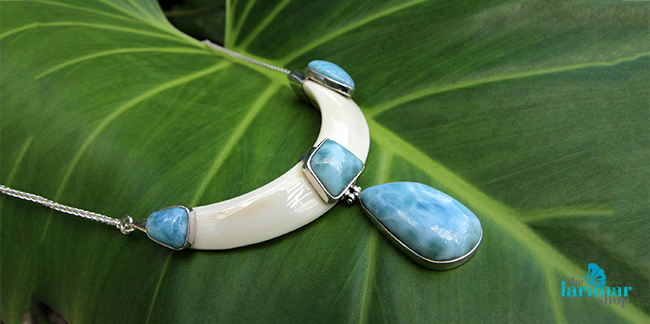 |
| We always find a way to make it fun! |
Dominican Republic occupies the estern side of the Hispaniola Island while Haiti is on the western side of the Island.
When
Christopher Columbus discovered this island, he felt in love with its exuberant
tropical beauty, sea waters, rivers, mountains!!! What the poor, innocent Taino
indians who lived happily on the Hispaniola island, didn’t know was that the
arrival of these Spanish conquerors would mark their destiny, no matter how
they resisted, only a few of them would survive the mistreatment, diseases and
heavy work they had to do. So the Spaniards realized these Indians were not
strong enough and decided to bring Africans to the Hispaniola to help the
Indians and do heavy jobs.
 |
| Playing Dominoes, that's always a must! |
The
Spaniards brought their culture, the Taino Indian and the African had their own
cultures and so the Spaniards first mixed with Taino women and then they were
attracted by the dark colored skin of the African women and also mixed with
them and for sure some Africans must have mixed with Taino women! All these mixture of races, cultures
and beliefs gave birth to the Dominican people and their folklore!
We Dominicans love to dance, to make jokes of every situation, to get together and
have a good time, to play dominoes, speak loud, we also love baseball and follow
the Dominican baseball players in every game abroad, we like to put nicknames
and this is so common, that when somebody dies, we'll have to mention the
nickname to identify the death person! Beer and rum will always be part of every
activity and the soft drinks for the children and oldies! There is always a
reason for getting together and celebrate, everybody will gladly cooperate with
their share, this can be at home, at the beach, on the countryside, at the
river, etc!
 |
| On the river with drinks in hands! |
Xmas is the
time of the year when families get together, those who are living abroad come
to join their loved ones and it is a non-stop celebration, joined by friends
and neighbors!!
If the Dominican government wants to avoid a national hysteria, eggs, salami, chicken, plantain, rice, coffee and red beans must be always available!
 |
| Did we mention that we love dancing?! |
Come and
visit the Dominican Republic, you will be enchanted with its breathtaking,
secluded beaches, awesome tropical scenery and warm, friendly people, always
ready to assist you! Dominican
Republic has it all!!





























+22.16.49.png)


